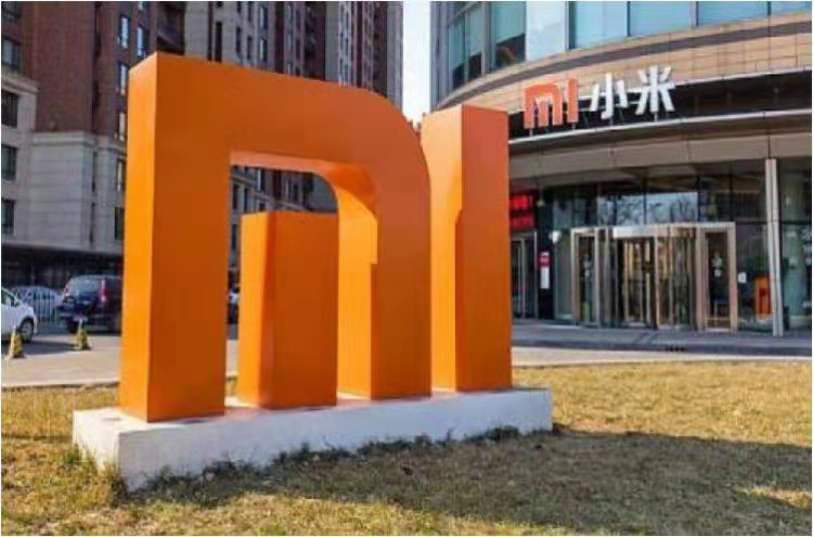
Editing by David Du
With Xiaomi repeatedly slapped with patent assertations in recent years, many are likely to regard patent actions as a new normal for Chinese smartphone companies. Those patent licensing companies or non-practicing entities (NPEs) used to pick only international big names. They now shift to emerging Chinese brands.

In March 2021, VoiceAge EVS, a NPE, brought a lawsuit before a Delaware court, accusing Chinese smartphone maker Xiaomi of infringing on its five audio coding-related standard-essential patents (SEPs).
Besides a reasonable royalty, VoiceAge EVS also sought damages awards against Xiaomi for alleged infringement. It argued that several Xiaomi handset models, including Mi 9T, a mid-range line-up, have implemented without permission its patented audio coding technology.
VoiceAge EVS was created by a patent transfer deal in 2018 between VoiceAge Corporation and an investment firm. VoiceAge Corporation is founded and operated by professors at a Canadian university and is a key 3rd Generation Partnership Project (3GPP) contributor to cellphone audio compressing technology.
This is the second time Xiaomi has faced similar litigation. In November 2018, Advanced Codec Technologies (ACT), a U.S-based NPE, sued Xiaomi in the Nanjing Intermediate People’s Court for patent infringement using five audio coding-related patents. VoiceAge Corporation was also the original owner of the five patents.
A year later, the parties resolved the case, with ACT withdrawing its complaints after settling with Xiaomi. However, the cost of the settlement was reportedly very high.
One reason Xiaomi kept falling prey to NPEs is probably because of its growing market share. That makes it a highly profitable company. It is reported that Xiaomi’s global smartphone shipments reached 49 million in the first quarter of 2021, jumped around 76% from a year ago. Now it holds 14% of the worldwide smartphone market share, up from 11% in 2020. Xiaomi’s robust growth in major markets has helped it secure third place after Samsung and Apple in the global race.
In the past, Chinese companies’ patent strength was low. According to statistics, OPPO, Xiaomi, and vivo, three top Chinese smart device makers, all together posted only around 1,000 granted patents in 2016. However, the number soared three years later in 2019, with each of them holding about 4,500; 3,500 and 1,000 granted patents.
A study shows that high success rates and insufficient patent protection made Chinese companies suspectable to NPE litigation. From 2018 to 2019, ACT, for example, had brought a total of 21 patent infringement cases in China against Xiaomi, vivo, OPPO, and other Chinese companies. Xiaomi reached a global licensing agreement with ACT. The China National Intellectual Property Administration (CNIPA) declared most of ACT’s patents in its lawsuits with OPPO, vivo, and TCL valid.
Facing the growing risk of NPE litigation, Chinese companies seem to have learned their lessons. According to a 2020 report released by patent database firm Incopat, Huawei, the Chinese telecom giant, filed the most telecommunications-related patent applications at 8,607. Chinese companies OPPO, ZTE and vivo, were all shortlisted in the top 10 with 5,353; 1,628, and 1,518 filings, respectively. Xiaomi ranked 14th with 1,119 filings.
NPEs exploit their patent portfolio to obtain royalties through litigation. Research shows that VoiceAge Corporation and another NPE entered a partnership in 2014 to enforce their patent rights worldwide. The long list of their alleged infringers included Apple, AT&T, HTC, Sony, and Verizon.
As stated in a complaint filed by Apple, those NPEs worked together by transferring VoiceAge Corporation’s patents to different entities to circumvent the transferer’s FRAND obligations, thereby seeking a higher royalty rate than they otherwise could.
As more Chinese brands begin expanding their global footprint, exposing them to NPE activities, given many telecoms areas are still U.S. tech companies’ stronghold, the trend of Chinese companies sitting in the defendants’ seat may continue for a while.
RELATED

No Data Yet~
READ MOST

No Data Yet~







